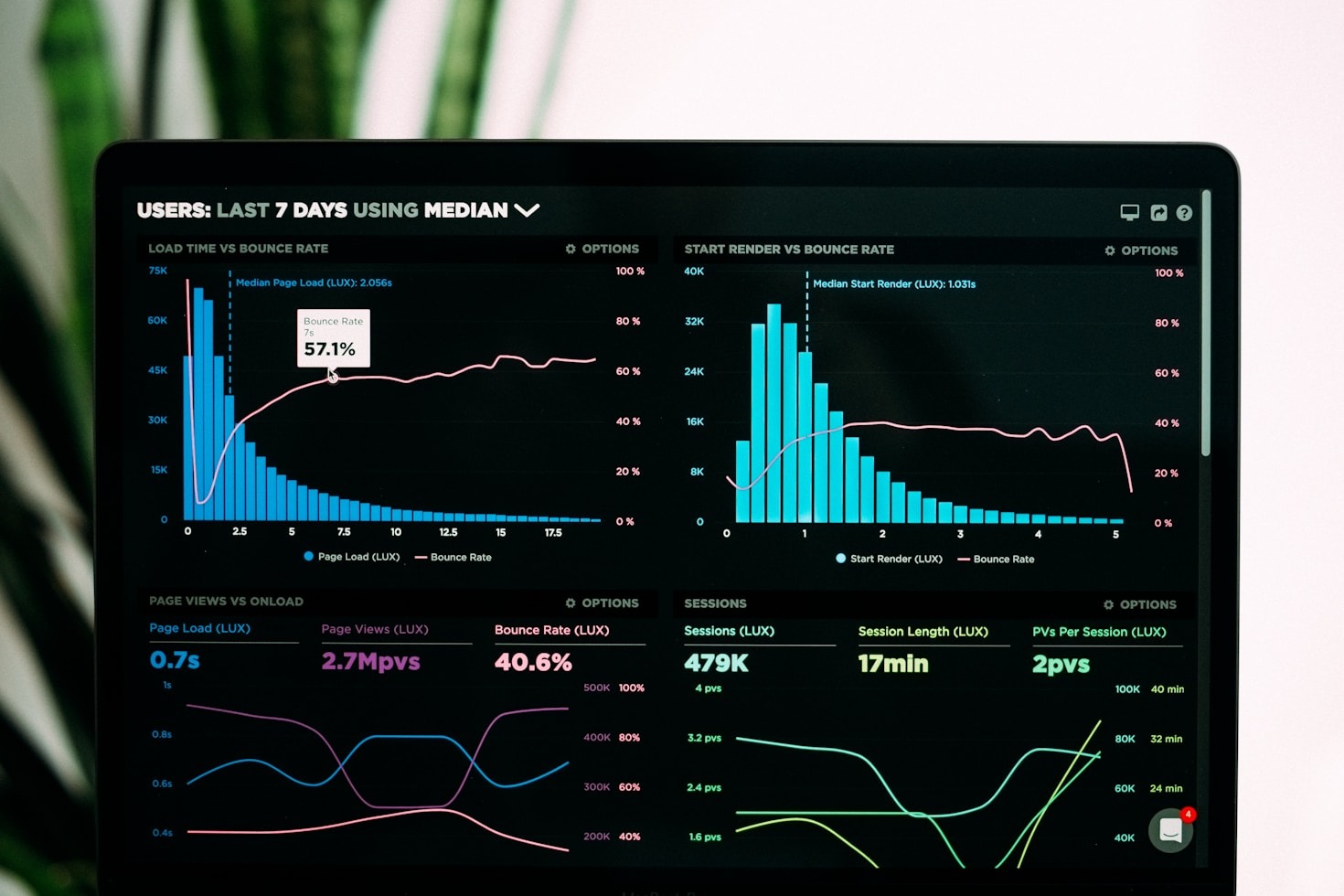Digital behavior is constantly evolving. Every click, visit, or interaction leaves a trace that, when properly analyzed, reveals much more than simple statistics: it tells a story. In this article, we’ll explore the most relevant global website trends, based on real data, to help you anticipate the market, understand your audience, and make smarter strategic decisions.
“Trends aren’t predicted, they’re discovered by observing human behavior through data.”
— Web Analytics Specialist
Mobile traffic surpasses desktop traffic (and continues to grow)
One of the clearest trends worldwide is the dominance of mobile traffic. According to Statista, more than 58% of global web traffic comes from mobile devices, and in regions like Asia and Latin America, this percentage is even higher.
What does this mean for your website?
You need a 100% responsive and fast mobile design.
Content must be scannable: clear titles, short paragraphs, and large buttons.
Google prioritizes the mobile experience in its search results.
👉 If you’re not optimized for mobile, you’re losing more than half of your audience.


Site speed is still key
According to Google, 53% of users abandon a website if it takes more than 3 seconds to load. Globally, the trend is clear: faster sites achieve better conversion rates, improved SEO rankings, and longer site visit times.
Technical trends that are making a difference:
Use of CDNs to speed up overall loading.
Optimized images (WebP, smart compression).
Implementation of Core Web Vitals as a performance benchmark.
👉 Speed is no longer a technical luxury: it’s a strategic necessity.
Visual content dominates
Multimedia content (videos, infographics, animations) is increasingly being used to capture user attention. According to HubSpot, pages with video have up to 88% longer retention than those with only text.
Current trends:
Explanatory videos on homepages.
Interactive carousels on products or portfolios.
Interactive maps for analysis and locations.
👉 A visually attractive site not only retains users, it also converts more.
Organic traffic remains the main source
Although social media and paid advertising generate significant traffic, global data shows that organic traffic (from search engines like Google) remains the most reliable and profitable channel in the long term.
What’s working in global SEO today?
Useful and original content based on search intent.
Topical clusters (grouping of related content).
Constant technical optimization (speed, structure, internal links).
👉 Investing in SEO remains one of the most profitable decisions globally.
5. El análisis competitivo cobra fuerza
Thanks to tools like SiteTrafficChecker, SEMrush, and Similarweb, it’s now possible to compare website traffic from anywhere in the world. Companies are using this data not only to spy on their competitors, but also to:
Discover new audiences.
Identify profitable traffic sources.
Detect emerging trends in their industry.
👉 It’s not just about looking at your site, but also about understanding the digital ecosystem in which you compete.
Conclusion: Global data speaks, and you must listen.
Trends aren’t passing fads: they’re signals of change based on real behavior. Whether you manage a blog, an e-commerce site, or a corporate portal, understanding what global data tells us is key to adapting, anticipating, and growing.
Analyze, adjust, and evolve. Because in the web world, those who ignore data… are left behind.


Leave a Reply